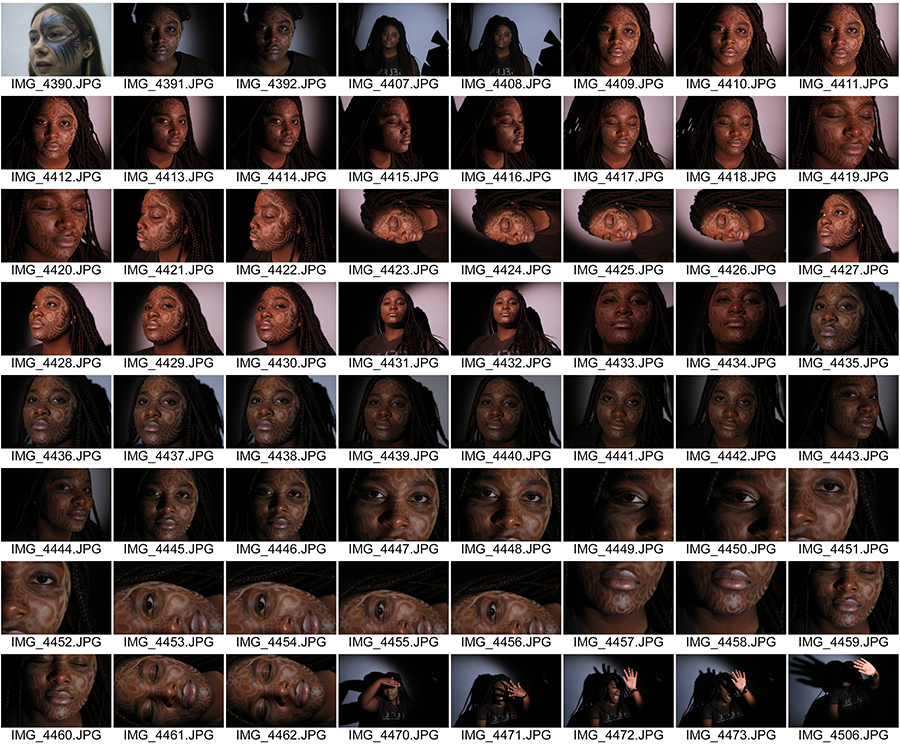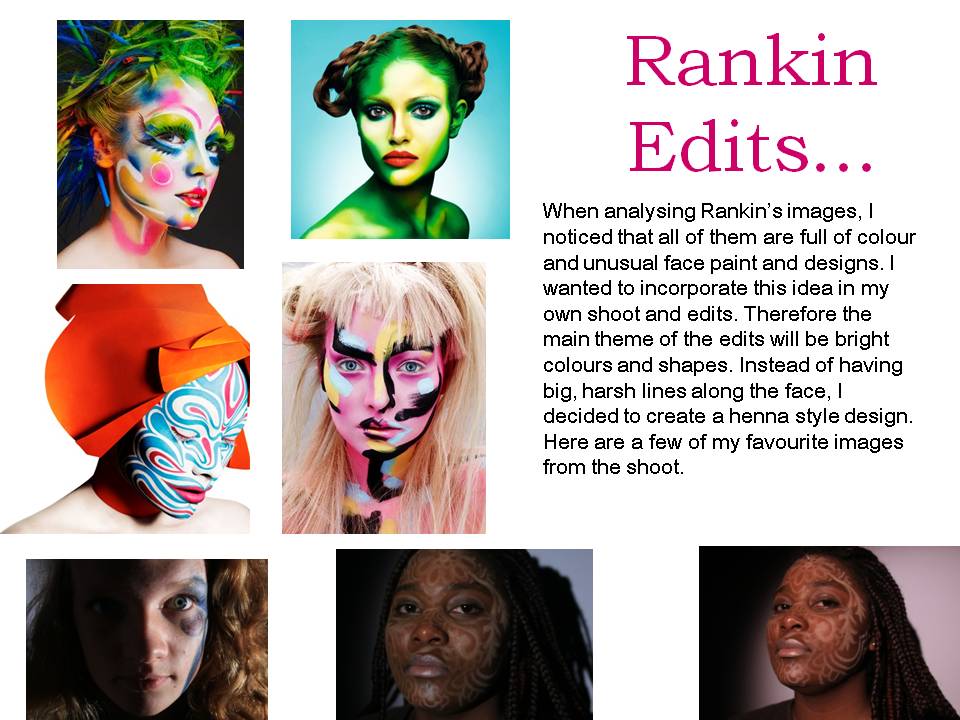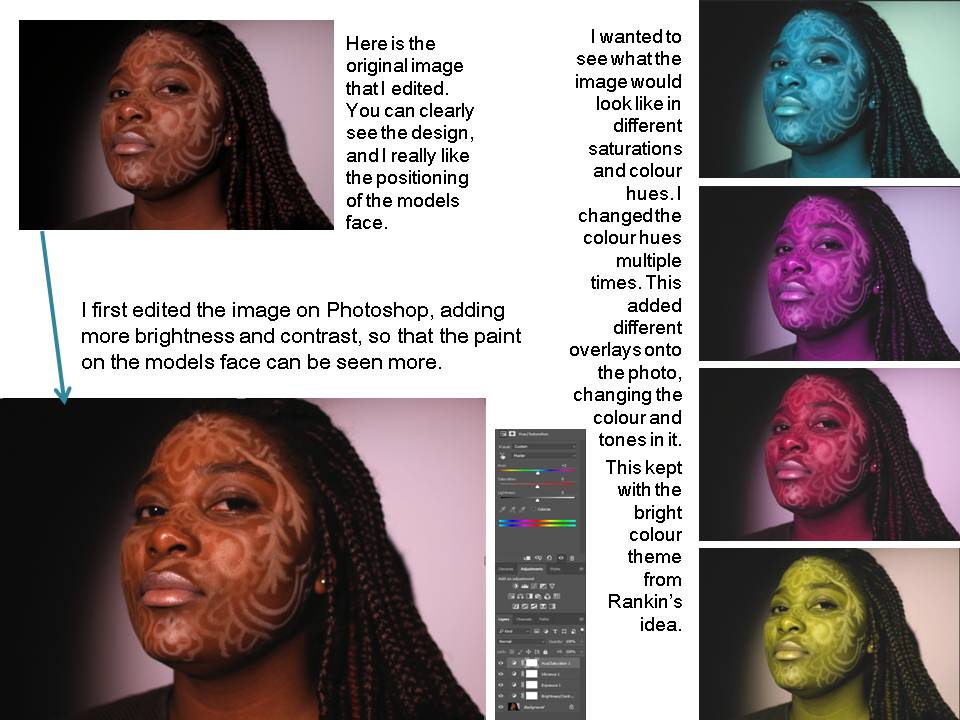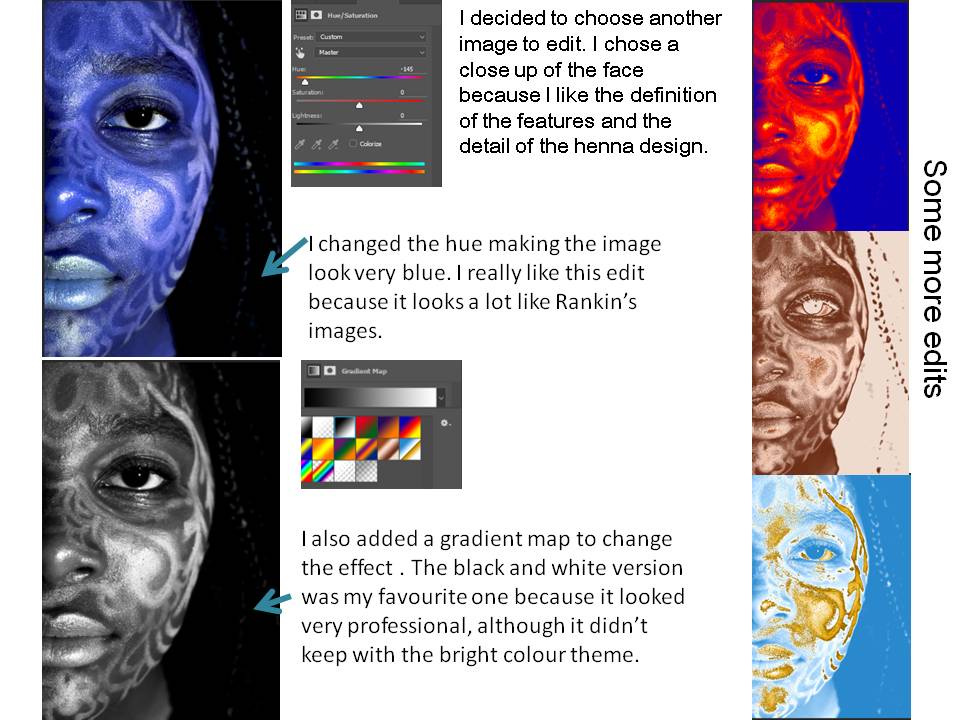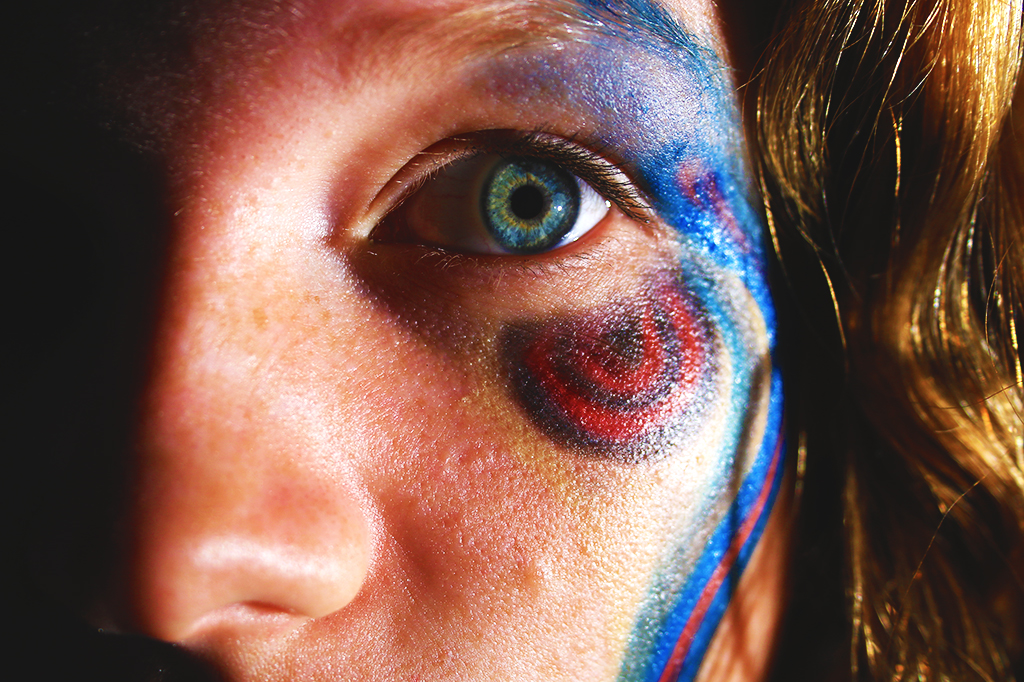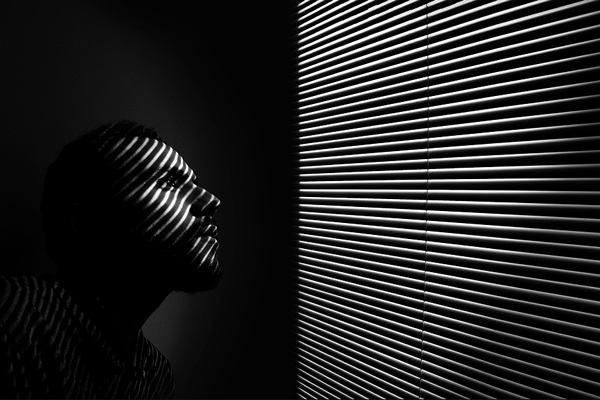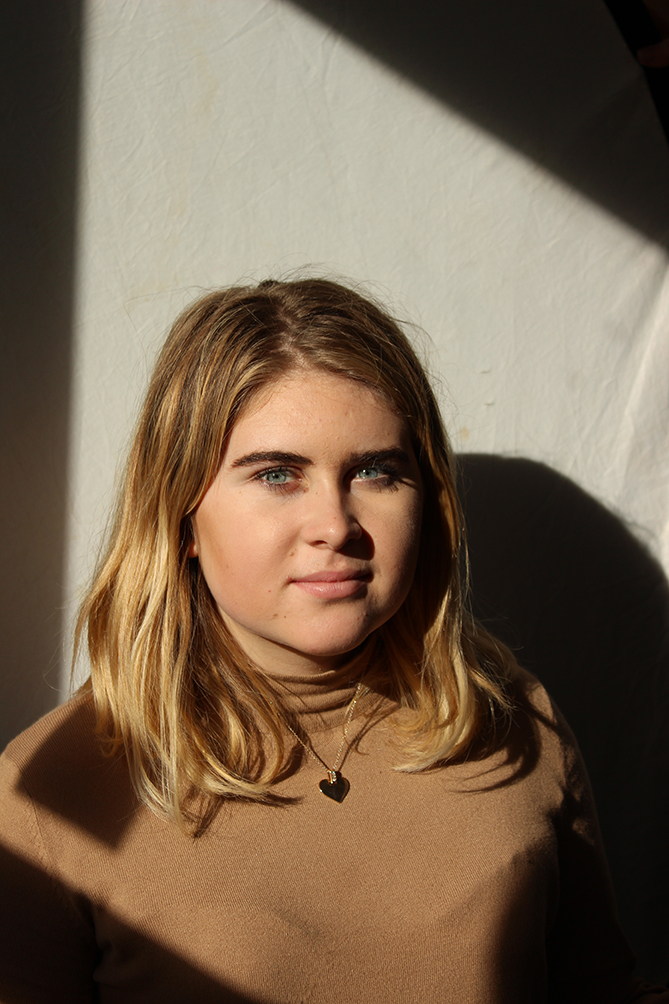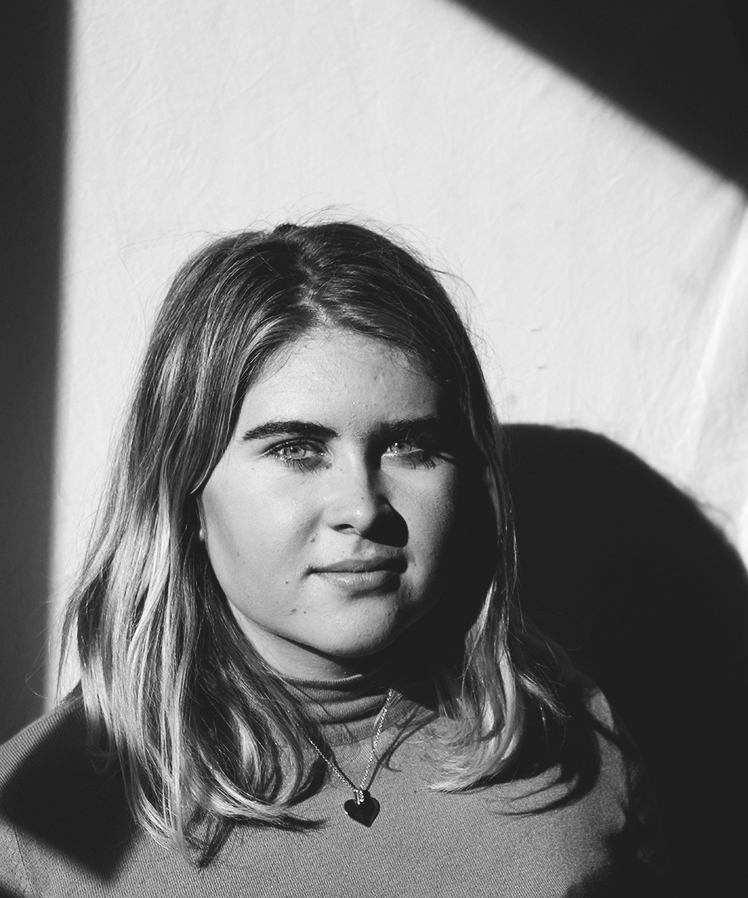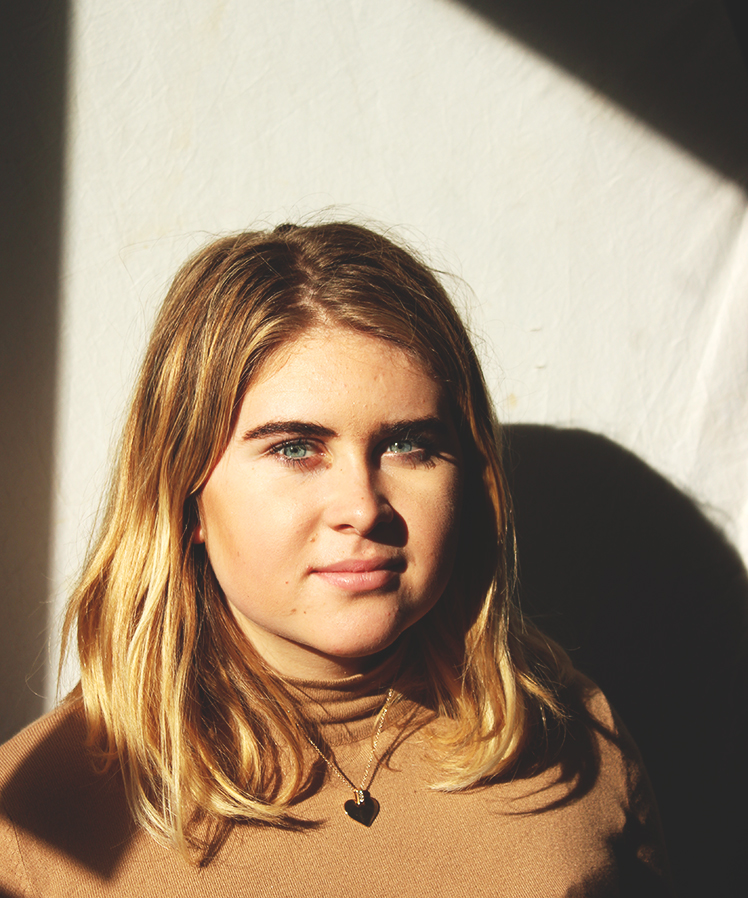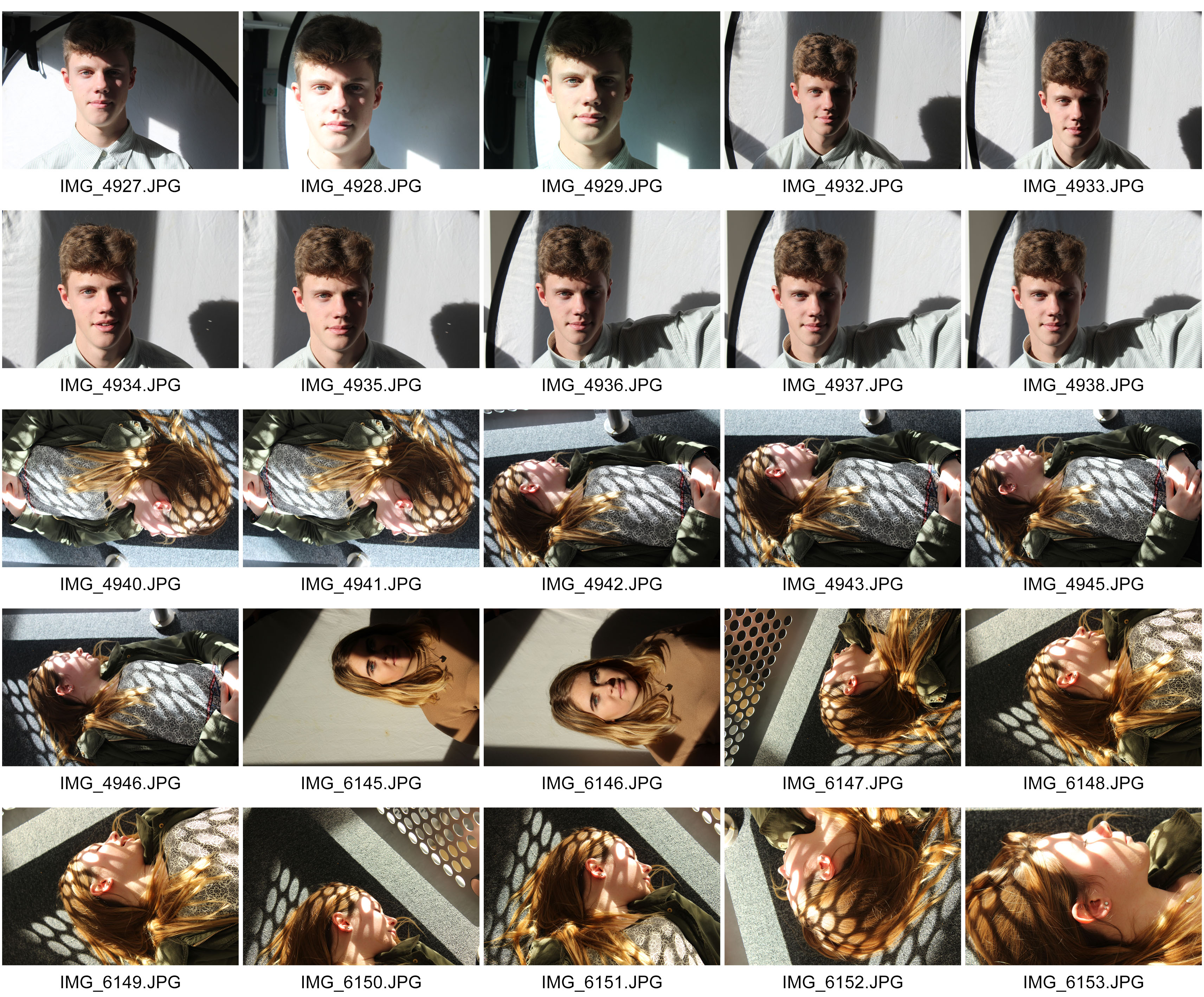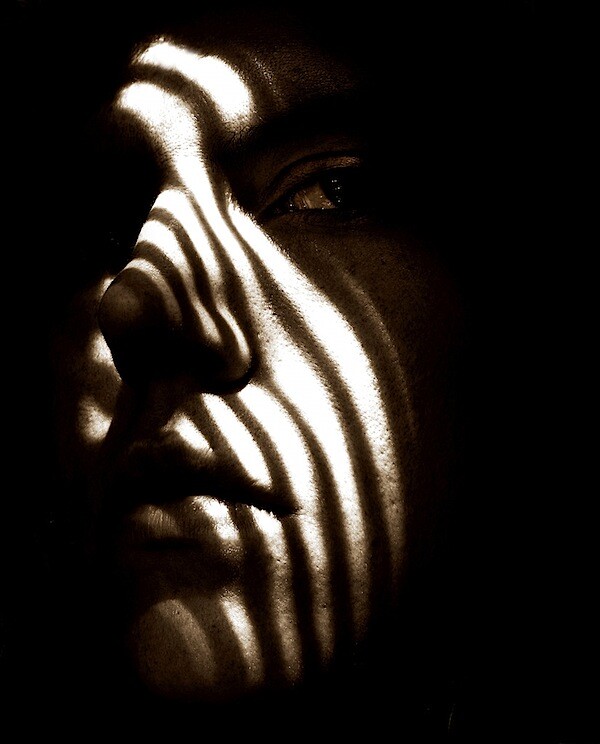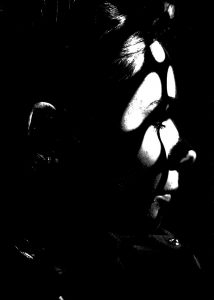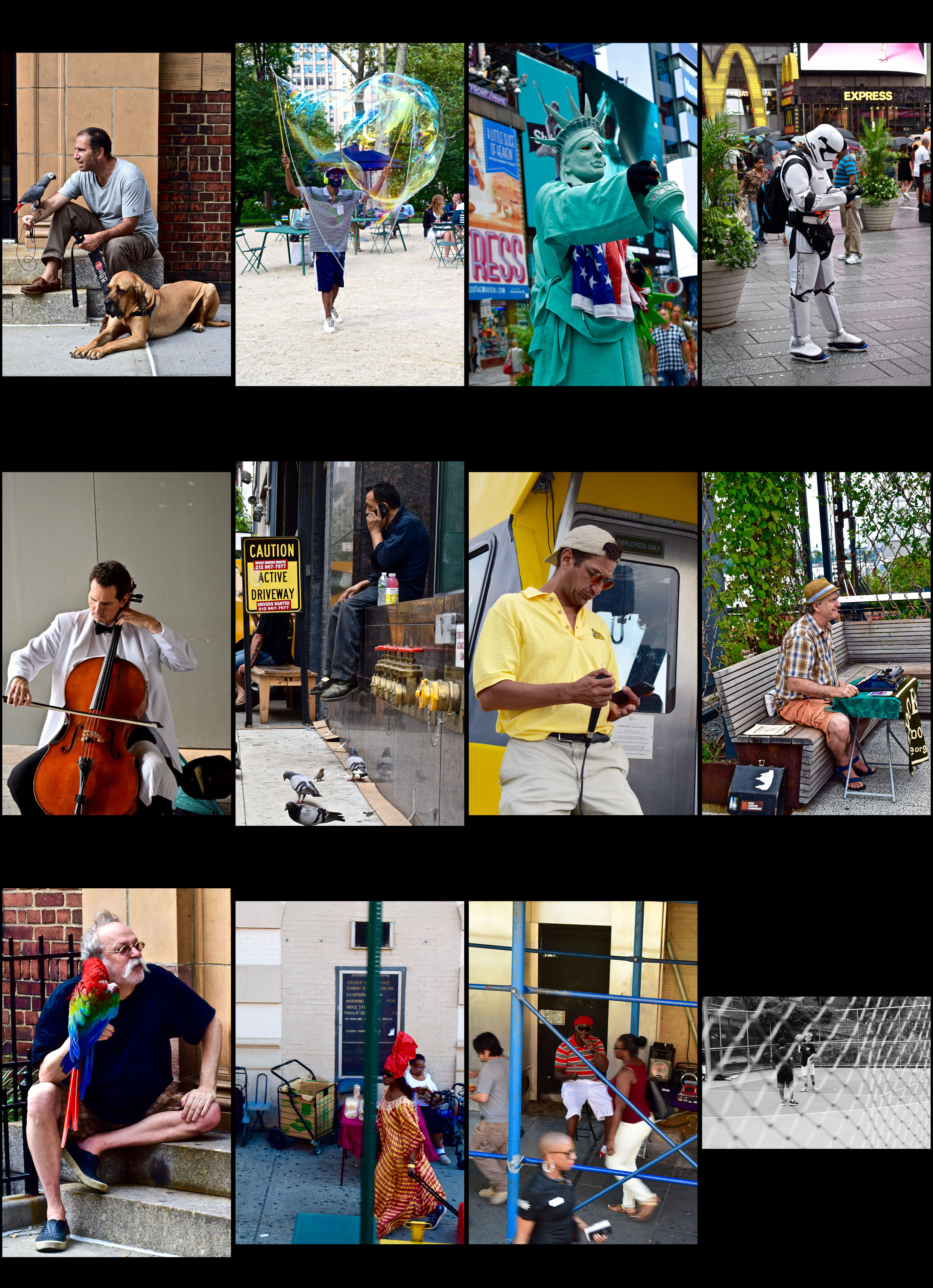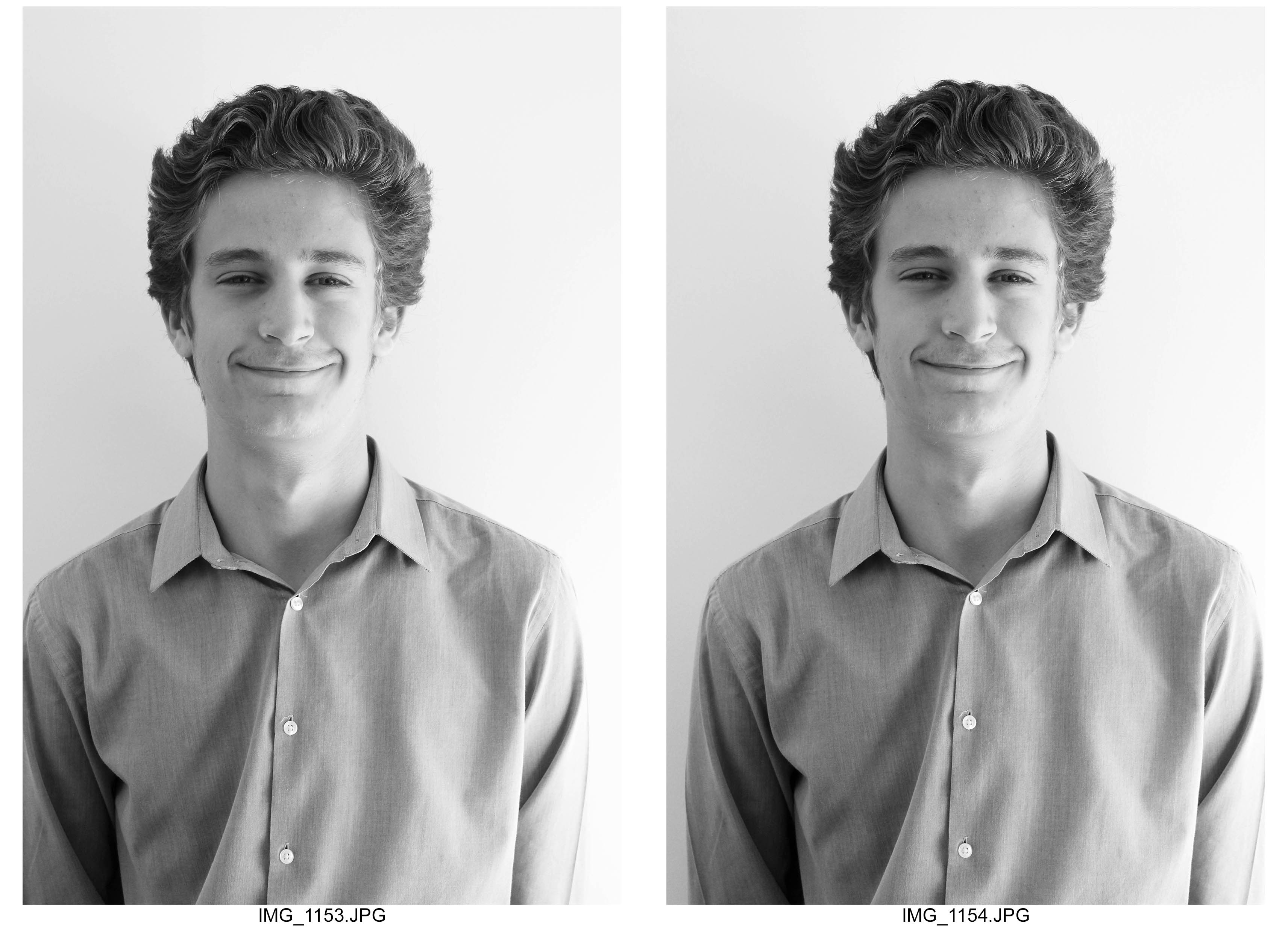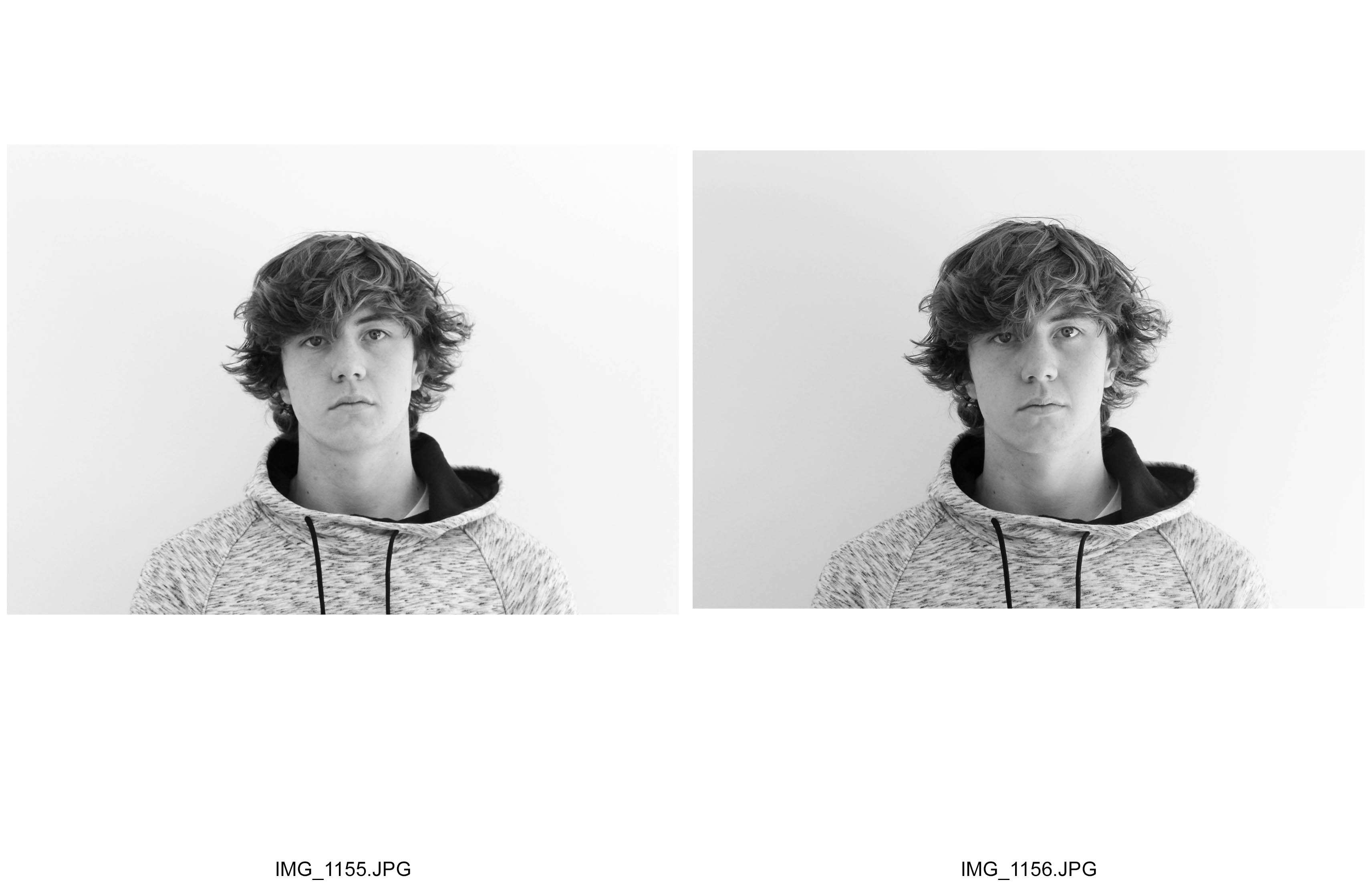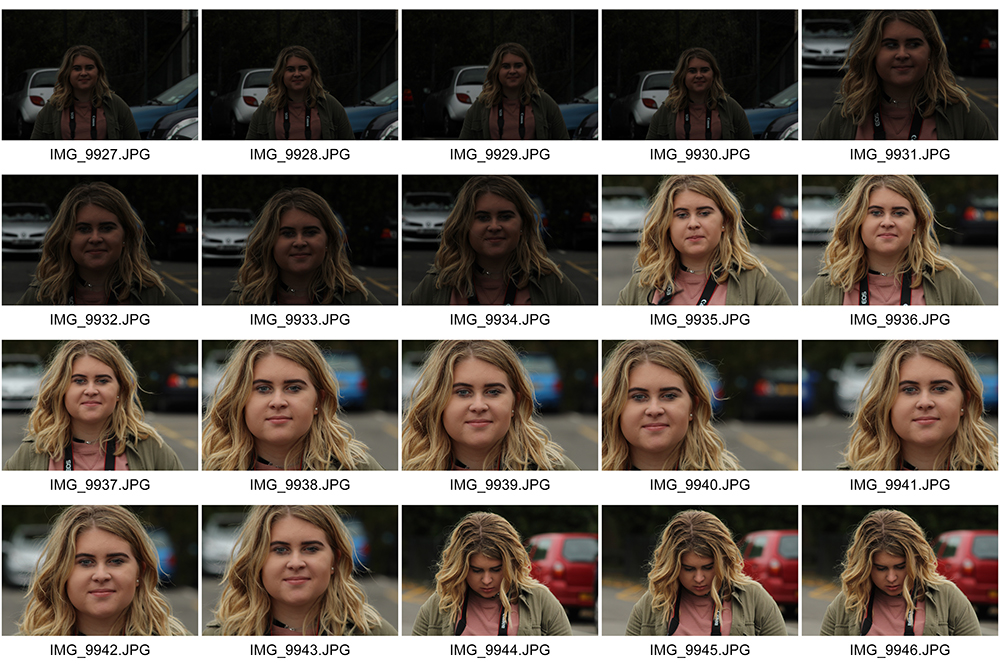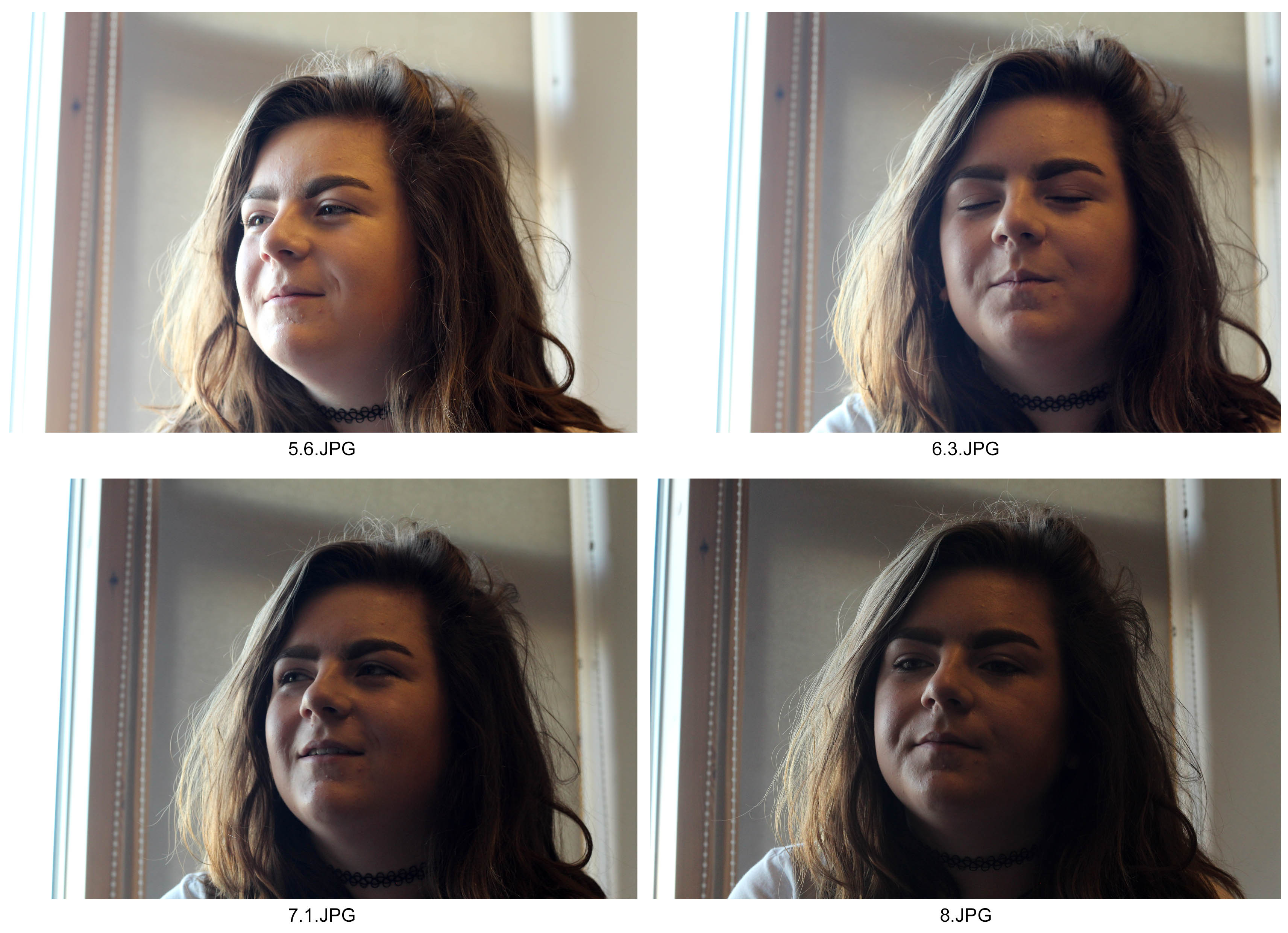 John Rankin Waddell goes by the name Rankin when photographing celebrities in his day-to-day life as a portrait and fashion photographer. He was born on 28 April 1966 (age 50) in Scotland.
John Rankin Waddell goes by the name Rankin when photographing celebrities in his day-to-day life as a portrait and fashion photographer. He was born on 28 April 1966 (age 50) in Scotland.
In December 2000 Rankin launched his own fashion magazine, RANK.
In 2002, Rankin was awarded an Honorary Fellowship by The Royal Photographic Society.
In January 2009, BBC 4 broadcast Rankin’s 1 hour documentary Seven Photographs that Changed Fashion, in which he created his own tributes to the iconic images by the likes of the photographer David Bailey.
Rankin has also shot several music videos for artists such as Azealia Banks, Example and Kelis as well as a number of documentaries photographing the lives of other in countries around the world and he also teamed up with Nike to shoot a campaign to raise awareness for the disease, HIV/AIDS.
Here is some of Rankin’s work:

Overall, Rankin has had a very successful career so far and his photographic work has been very influential to the fashion and in modern-day world of showbiz and I carried out a photoshoot to attempt to replicate the work of Rankin and his unique style. When carrying out the photoshoot I wanted to focus mainly on the theme that runs through Rankin’s work and try to implement that into my work – which is fashion, beauty and style of today’s world.
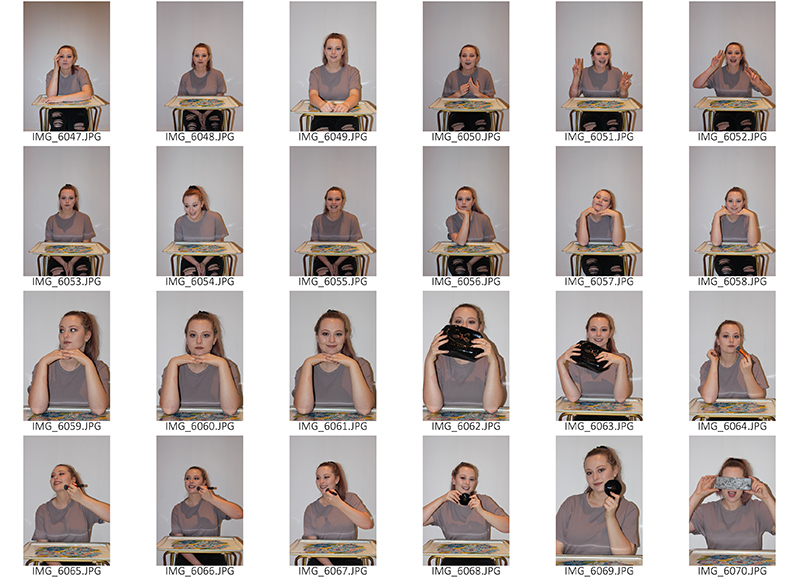

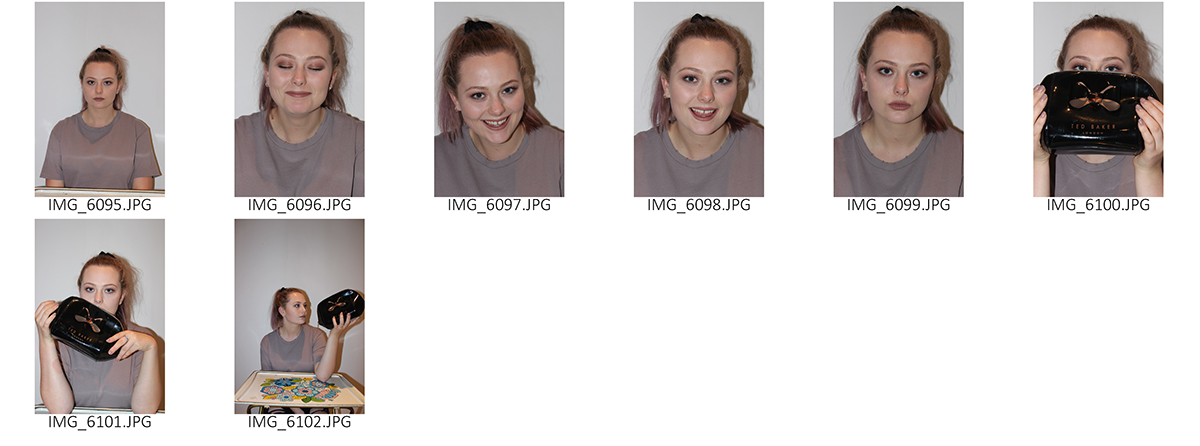
In the photoshoot I produced, I photographed my model who is a hair and beauty enthusiast and is training to become a hairdresser. She takes a keen interest in her own beauty and likes to keep up to date with newest products as well as fashion in and around the community we live in.
As Rankin tends to capture his subjects occupation or passion within his photoshoots, I thought it’d be suitable for me to attempt to do this also so asked my model so bring round some of her makeup to use as props. I planned to use a white background so asked her to also wear darker colours of clothes to contrast against this background and make her standout.
I wanted to make the shoot fun and quirky with the facial expressions and body language/positioning that my model portrayed so I made the the subject per from bold gestures, I wanted her to smile a lot but also wished to have a sense of seriousness to tell a story throughout the shoot.
I experimented with camera settings at the beginning but decided to use flash as this made certain features on her face stand-out due to the glow it gave the images and I used automatic focus on the automatic setting of my camera and this would allow for adjustments if I saw it suitable.
I really enjoyed the shoot and getting an insight into Rankin’s work and I would definitely do it again and I wish to do it again soon to improve on the primary shoot. However I would change some things; I would perhaps use a different background and play around with more camera settings. I would also try out close-up portraits and side-on views and unnatural perspectives. I would also attempt to replicate Rankin’s work to a higher standard so that the viewer could recognize that my inspiration was the world-renowned fashion artist. To do this I would experiment with face paint or make-up and maybe use more props.
EDITS:
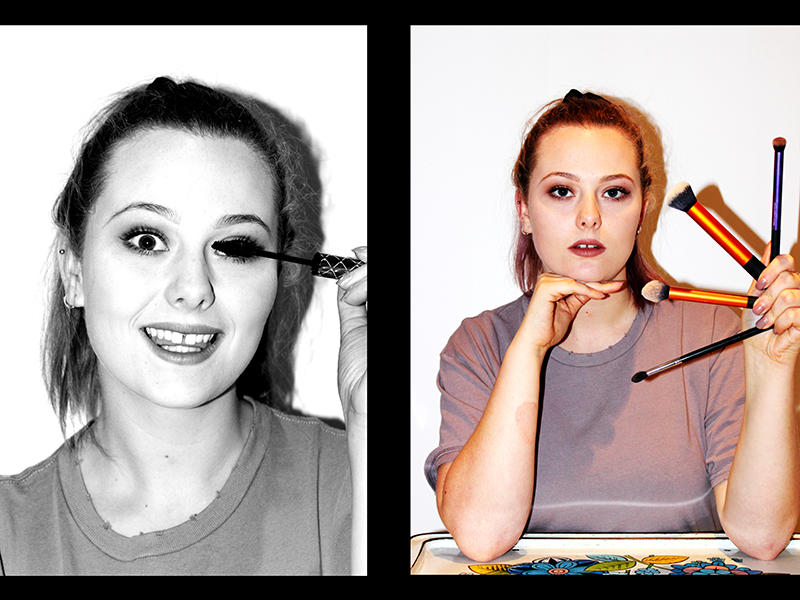

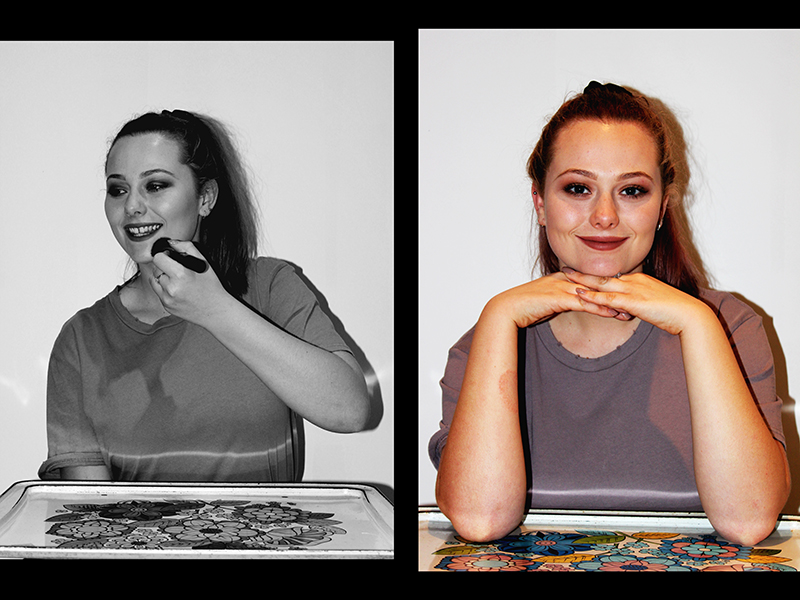
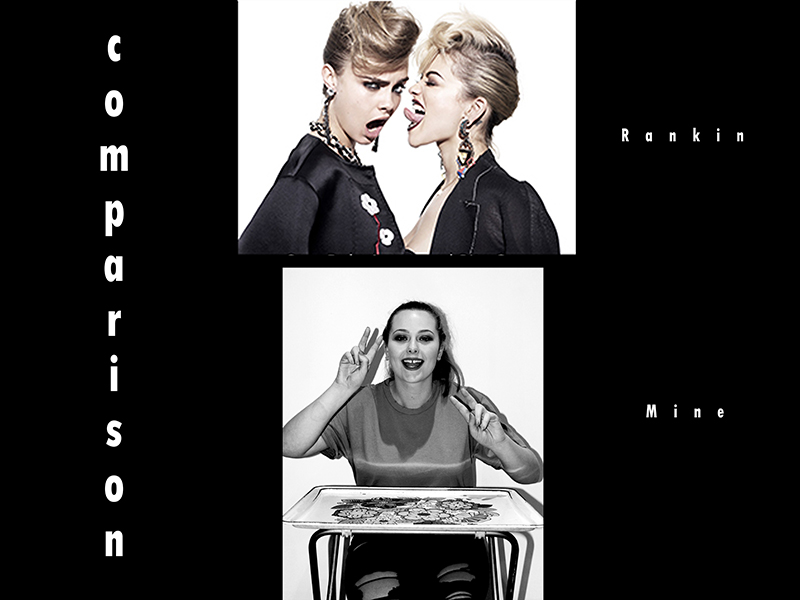
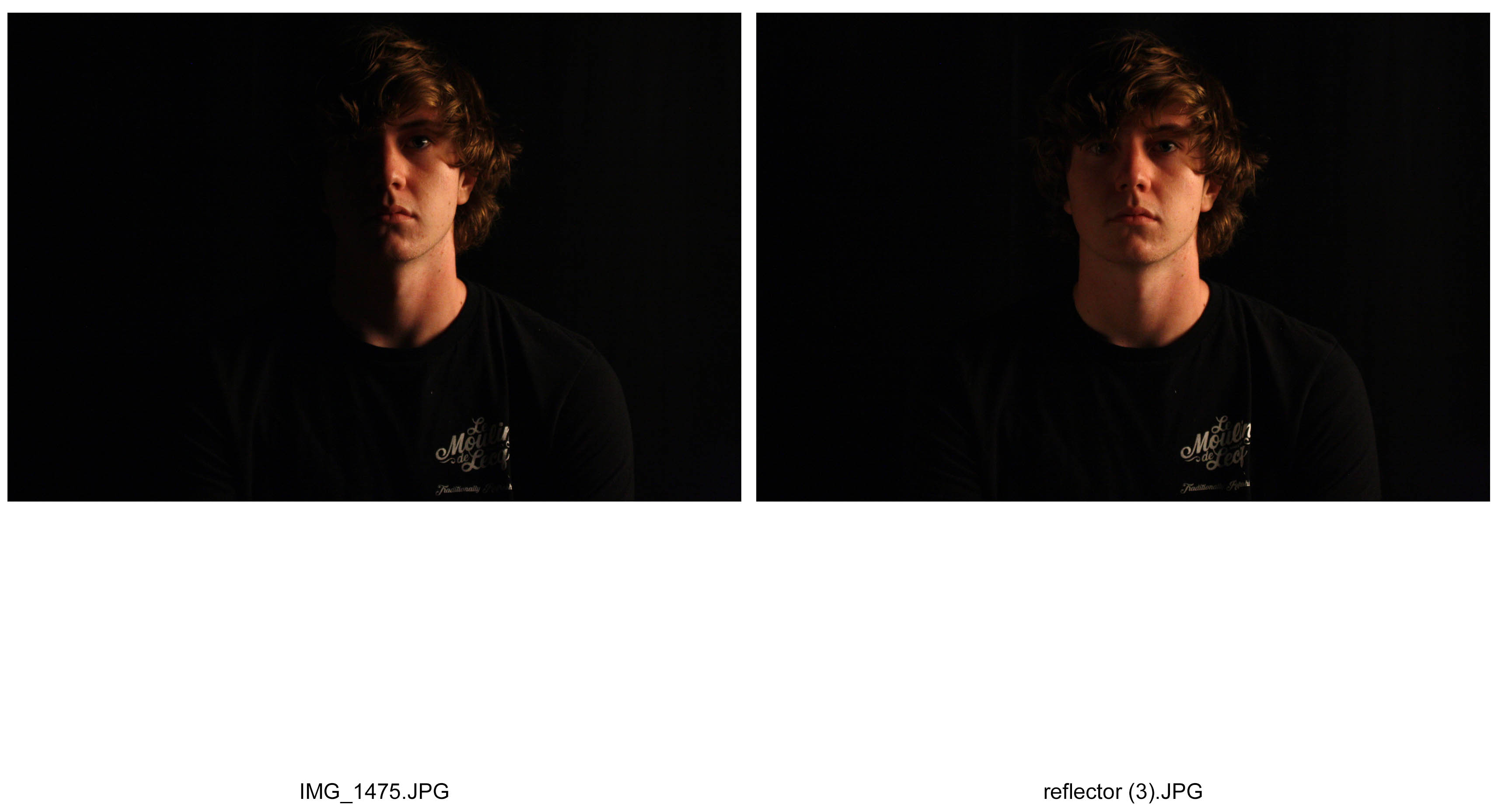
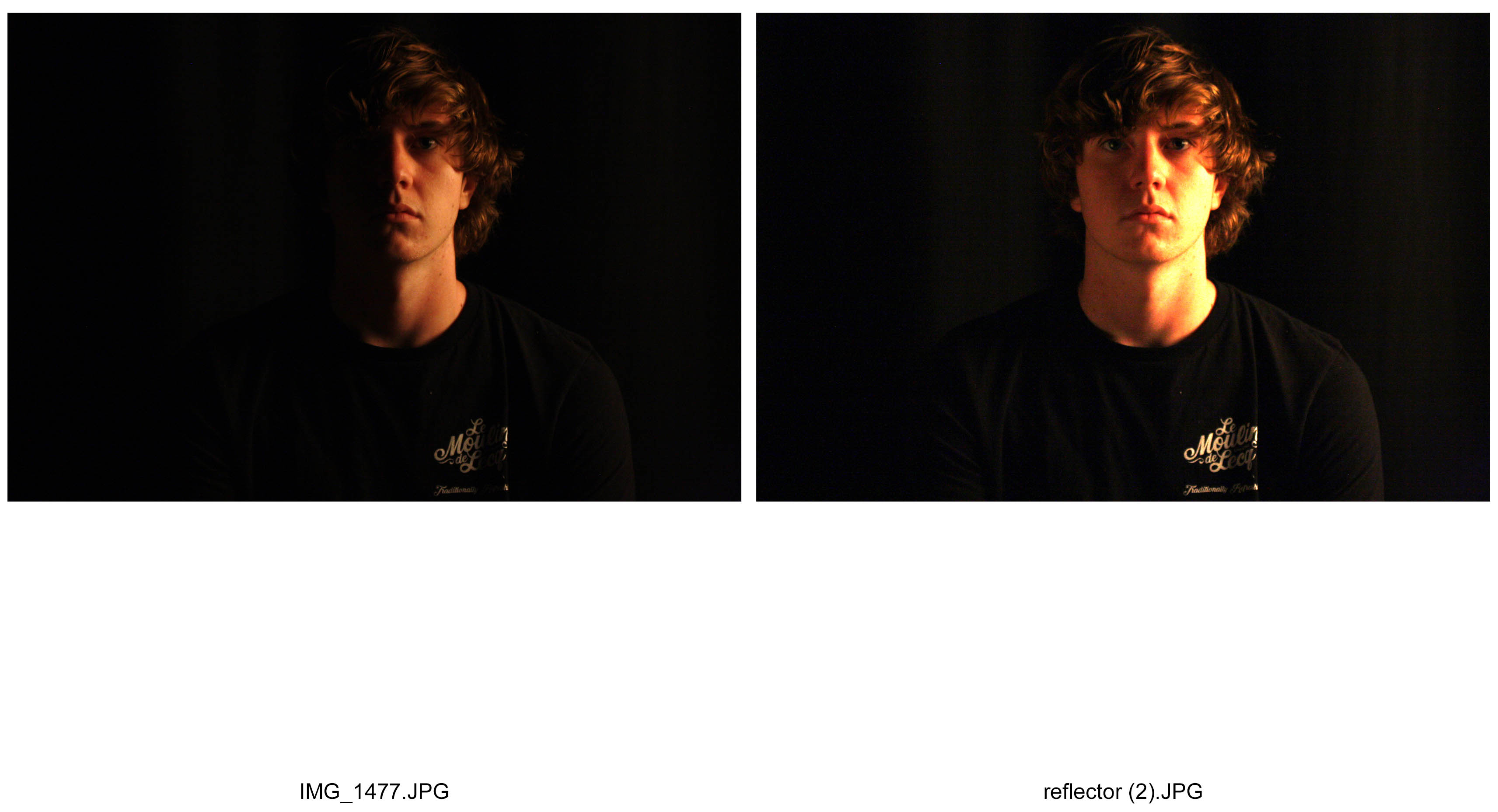
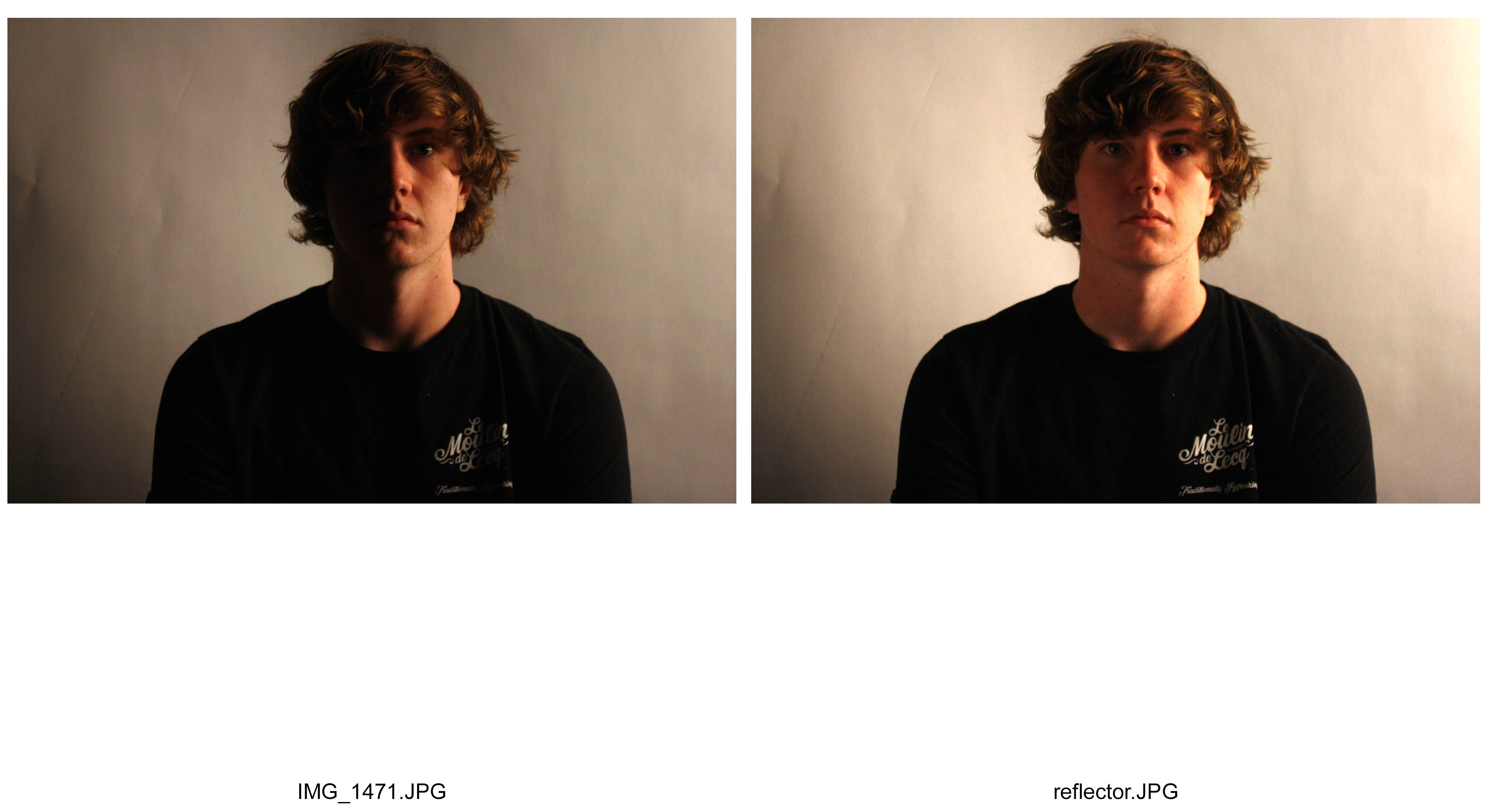
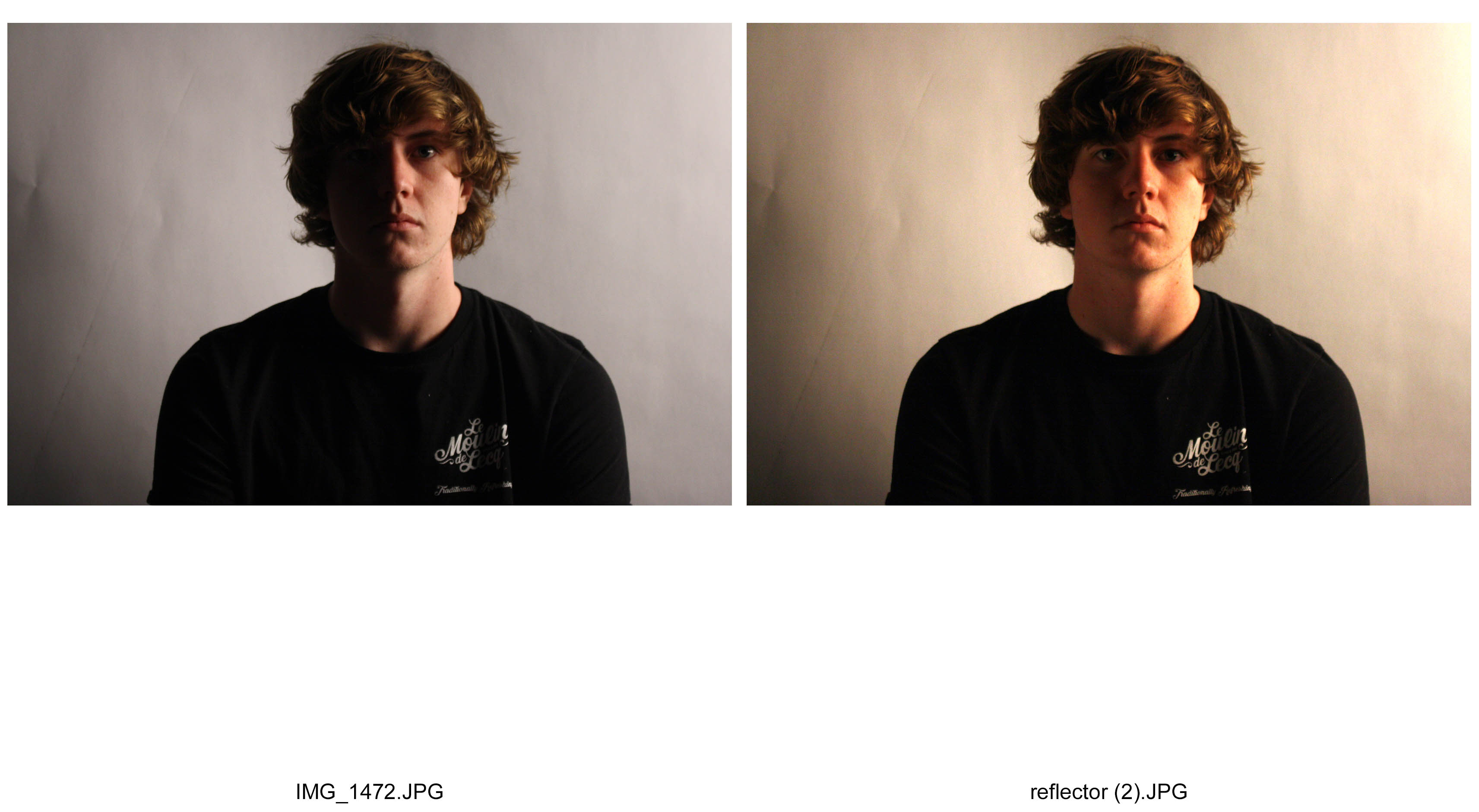

 John Rankin Waddell goes by the name Rankin when photographing celebrities in his day-to-day life as a portrait and fashion photographer. He was born on 28 April 1966
John Rankin Waddell goes by the name Rankin when photographing celebrities in his day-to-day life as a portrait and fashion photographer. He was born on 28 April 1966 









